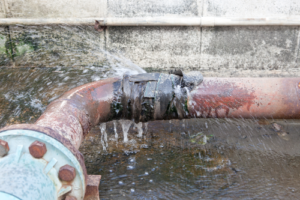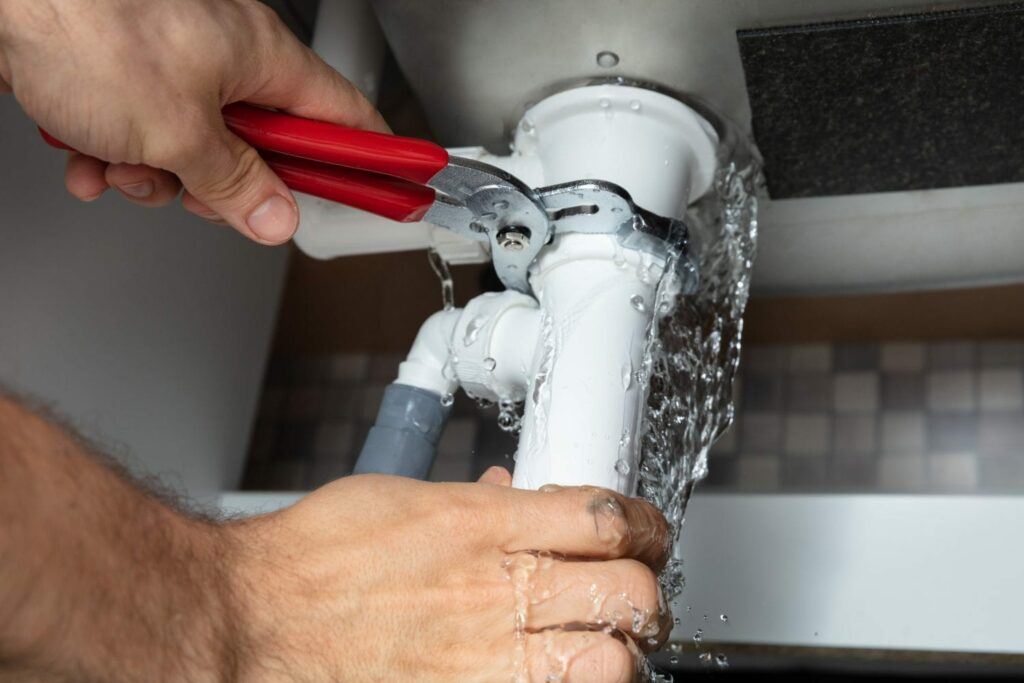Everyone has got their personal conception with regards to What To Do And What Not To Do When Dealing With Water Damage.

What should you do if a water pipe bursts in your home? Do you desire a mini-waterfall and also flooding in an area of your home? If you find yourself in this situation, you need to act quickly. The longer you wait, the extra severe the damage that can occur to your residential property. The clearheadedness is type in these occasions. For these factors, you require to find out just how to act in case of a ruptured pipes. Take a look at the complying with ideas listed below to aid you act quickly due to the fact that time is important.
Turn off the Main Waterline Valve
The first thing to do? Close the shut-off valve. Look for the local shut-off shutoff to switch off the water in one details location just. Go for the primary water line shutoff as well as turn it off if you don't know where the local shut-off shutoff is. This action will cut off the water immediately in your entire residence. Normally, the primary valve is found outside the home alongside the water meter. If it's not there, you can additionally discover it in two areas: in the cellar at eye degree or the 1st flooring on the ground. Commonly, home builders placed the shut-off valve in the main ground degree shower room or best alongside it.
Call Water Damages Repair Pros for Help
After closing the water source, call the professionals for aid. This circumstance is not something you can do some DIY due to the fact that the pipes required to be dealt with and also there is a need to resolve the various other damages to your residential or commercial property. If you can not cope, seek aid from a respectable company supplying 24/7 emergency services. With their professional assistance, you can avoid a lot bigger water damage consisting of distorted walls, loose tiles, or damaged frameworks. Don't take this problem gently and look for professional advice for your complete satisfaction as well as a reputable remedy.
Record the Damage For Insurance coverage
While you're waiting for the pros to show up, get some paperwork of the damages caused by the errant pipeline. Take pictures as well as video clips of everything. Do close-up shots of the harmed places and belongings. Your documentation will work as evidence for your property owner's insurance policy. Maintaining proactive with this situation assists you to file a claim for insurance coverage, which will certainly further support you and also your family to return on your feet.
Restore Points That Can Be Saved
Take a look at the harmed items and also take out the most important ones from the stack when you're done taking photos. Dry them off in a dry/warm area far from the damaged area and try to protect them as high as you can. Drag as much moisture as you can to the material so it can begin to dry.
Beginning the Drying Refine
Fortunately, the water from your waterlines is already clean so you don't have to stress concerning sewage system water. The streaming water might have disrupted the dust and debris in your carpets and also floorboards. Blot out as much water as you can from the surface areas with old towels.
Experts are the only people qualified to assess correctly and deal with the burs pipelines as well as subsequent damages. As constantly, pipes do not just all of a sudden burst out of heaven. They normally provide silent warnings like gurgling paint, water spots. Strange noises in the plumbing, caving ceiling, stuffy smell, or peeling wallpaper. Keep in mind of these signs and also do some safety nets so you can nip any concerns in the bud.
What should you do if a water pipeline bursts in your house? For these factors, you need to discover how to act in the occasion of a burst water pipe. After closing the water source, call the professionals for assistance. With their expert assistance, you can prevent a lot bigger water damage consisting of distorted walls, loose floor tiles, or damaged frameworks. Fortunately, the water from your waterlines is currently clean so you do not have to stress regarding sewage system water.
How to Handle a Burst Pipe and Minimize Damage
Steps to Take Ahead of Time
If you own property in an area that experiences cold weather, you need to be aware of seasonal maintenance tasks that will help you protect your property as the weather changes each year. One of the most important steps is to winterize your pipes to ensure they won't freeze or burst when the temperature drops. This includes action items like insulating any exposed pipes, detaching garden hoses and covering outdoor faucets. If the weather gets cold enough, you may even consider leaving a faucet dripping or opening cabinet doors during the coldest parts of the day.
No matter how prepared you might be, accidents and emergencies still happen. You'd be wise to set up a savings account specifically for your property so you have a "rainy day" fund set aside for unexpected expenses. All homes—regardless of age, location or condition—will inevitably need some form of emergency repair.
Steps to Take for Frozen Pipes
A frozen pipe will not necessarily burst, so if you can catch a frozen pipe early on, you could save yourself a major headache. When your area experiences frigid temperatures, be sure to check your plumbing and keep an eye out for warning signs like faucets only releasing small amounts of water or toilets not refilling when flushed. If you do run into one of these issues, you're likely dealing with a frozen pipe.
If this happens, your first step should be to cut off the water supply to that section of the plumbing. Expanding and freezing water can quickly cause damage. Even if the water supply is shut off, you will likely still deal with some leaking from the water that defrosts after the pipe has thawed. Be prepared with a mop, bucket and/or towels to quickly soak up any excess water.
In order to thaw a frozen pipe, you can use a space heater, infrared or incandescent heat lamp, or even a hairdryer to warm up the frozen area. Heat tape is also an option and should be used according to manufacturer instructions. Do not use any sort of open flame to thaw frozen pipes, as it poses a major fire hazard and can damage your pipes further.
Steps to Take for a Burst Pipe
Water damage claims are the second most common insurance claim in the U.S. When you're dealing with a frozen pipe, the water continues to expand as it freezes, which creates pressure that can cause a pipe to burst. When this happens, the crack or leak in the pipe allows water flow from the pipe to enter your home where it shouldn't. If a pipe does burst, you need to act quickly to mitigate property damage and repair cost.
Your very first step should be to shut off your main water supply to minimize flooding—typically the most expensive damage to address. Once you've shut off the water supply, make sure you identify the entire area that has been impacted by the leak. Remove as much water as possible—as quickly as possible—using a mop, sponges, towels or a shop vacuum or wet/dry vacuum. To prevent long-term damage due to moisture build-up, run a dehumidifier or fan in the affected area. Contact a licensed plumber to ensure the pipe is correctly repaired before running any water to that section of the home again. Burst pipes and the associated water damage are something you absolutely want to avoid as a property owner. If you've had to learn your lesson the hard way, don't let yourself get caught in a similar situation during the next spell of cold weather. The best way to deal with frozen or burst pipes is to prevent them in the first place—proactive winter maintenance will save you time, money and a whole lot of stress.

Do you like reading about Do’s And Don’ts In Case Of Water Damage? Post a review further down. We would be glad to see your thinking about this posting. In hopes that you come back again later on. Do you know anybody else who is truly interested in the topic? Take a moment to promote it. Thanks a lot for your time invested reading it.